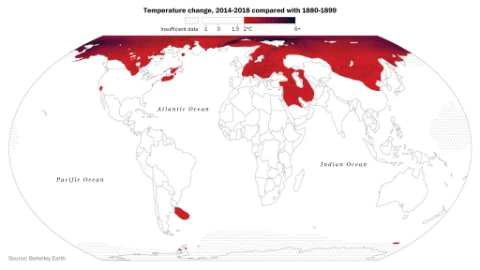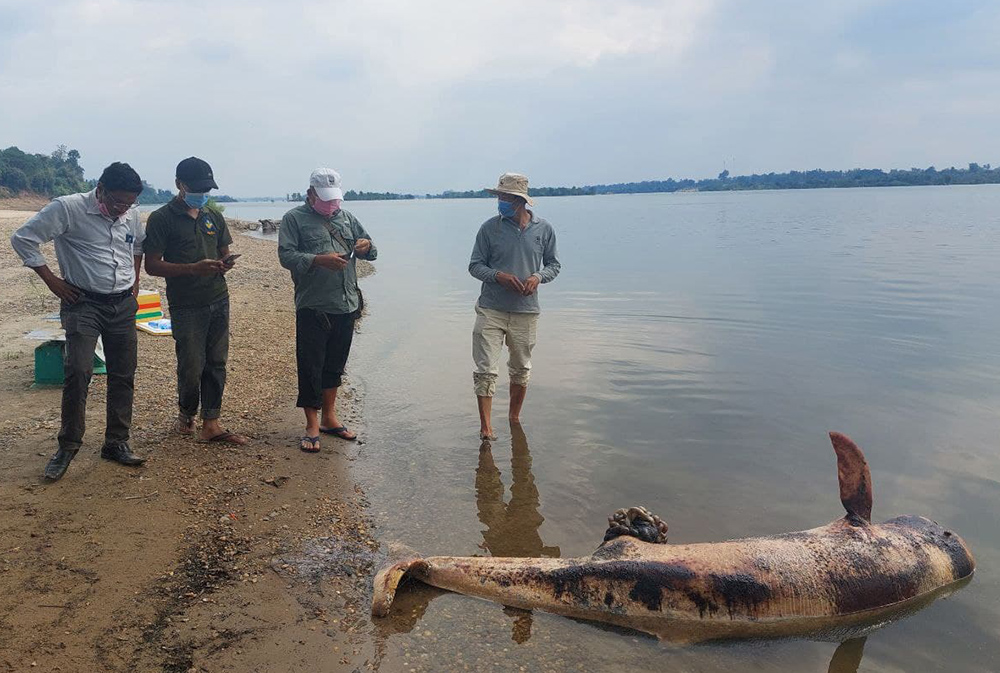Puerto Ricans fear extended blackout after Hurricane Fiona – Crops ravaged near peak harvest, Puerto Rico farmers say
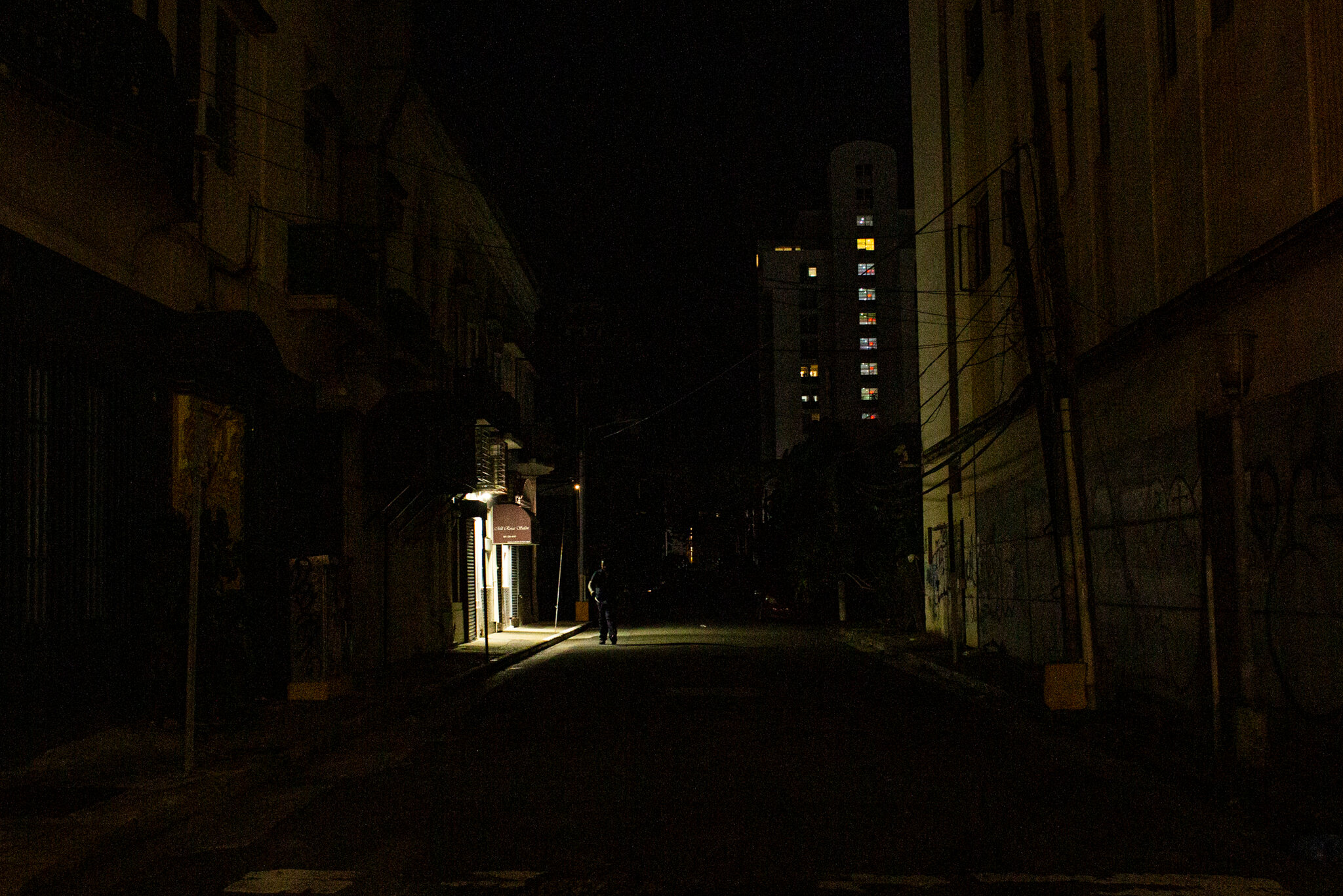
By Laura N. Pérez Sánchez
24 September 2022
SAN JUAN, P.R. (The New York Times) – Michelle Rivera trudged slowly up the stairs of her apartment building, stopping to collect her breath and regain the strength to carry one more gallon of water to her home on the eighth floor. It was Friday, the sixth day of a power blackout in Puerto Rico after Hurricane Fiona.
“I’m so tired,” said Ms. Rivera, 41, as she prepared to spend another night in the dark. “Exhausted of going up and down.”
The rank smell of rotting food filled the stairs and hallways. The staircase, in the middle of the 14-story Jardines de Francia building in the San Juan neighborhood of Hato Rey, had no emergency lighting. Ms. Rivera and her neighbors in the building’s more than 100 units climbed the steps carefully, with the help of flashlights and cellphones.
The building not only did not have power since early Sunday morning, but it also had no running water since there was no electricity to run the pumps.
About half of Puerto Rico’s 1.5 million electrical customers remained without electricity on Saturday, nearly a week after Hurricane Fiona, a Category 1 storm, caused widespread flooding and mudslides. At least three people died and two were injured this week in accidents related to the power outage. A candle fire burned down a house in San Juan, killing two and injuring one. Another person died and another was sent to the hospital after being intoxicated with fumes from a generator. (On Saturday, the Puerto Rican government said up to 16 people overall may have died as a direct or indirect result of the storm, though at least a dozen of those cases were still being investigated.)
Restoring power after a hurricane can take time anywhere. But Puerto Rico, with its aged and fragile grid, is especially vulnerable to both outages and extensive recovery time. Having lived through months without electricity after Hurricane Maria, a Category 4 storm that ripped through the island five years ago, weary Puerto Ricans — who pay some of the highest electricity rates in the United States — say they have little patience to accept another prolonged blackout after Hurricane Fiona.
“Do you think it’s fair that you pay so much to not have electricity?” said Dennis Rodríguez, 59, one of Ms. Rivera’s neighbors, who said monthly bills have jumped from $80 to more than $200 over the past year. “I can bet you that the power bill will arrive on time.”
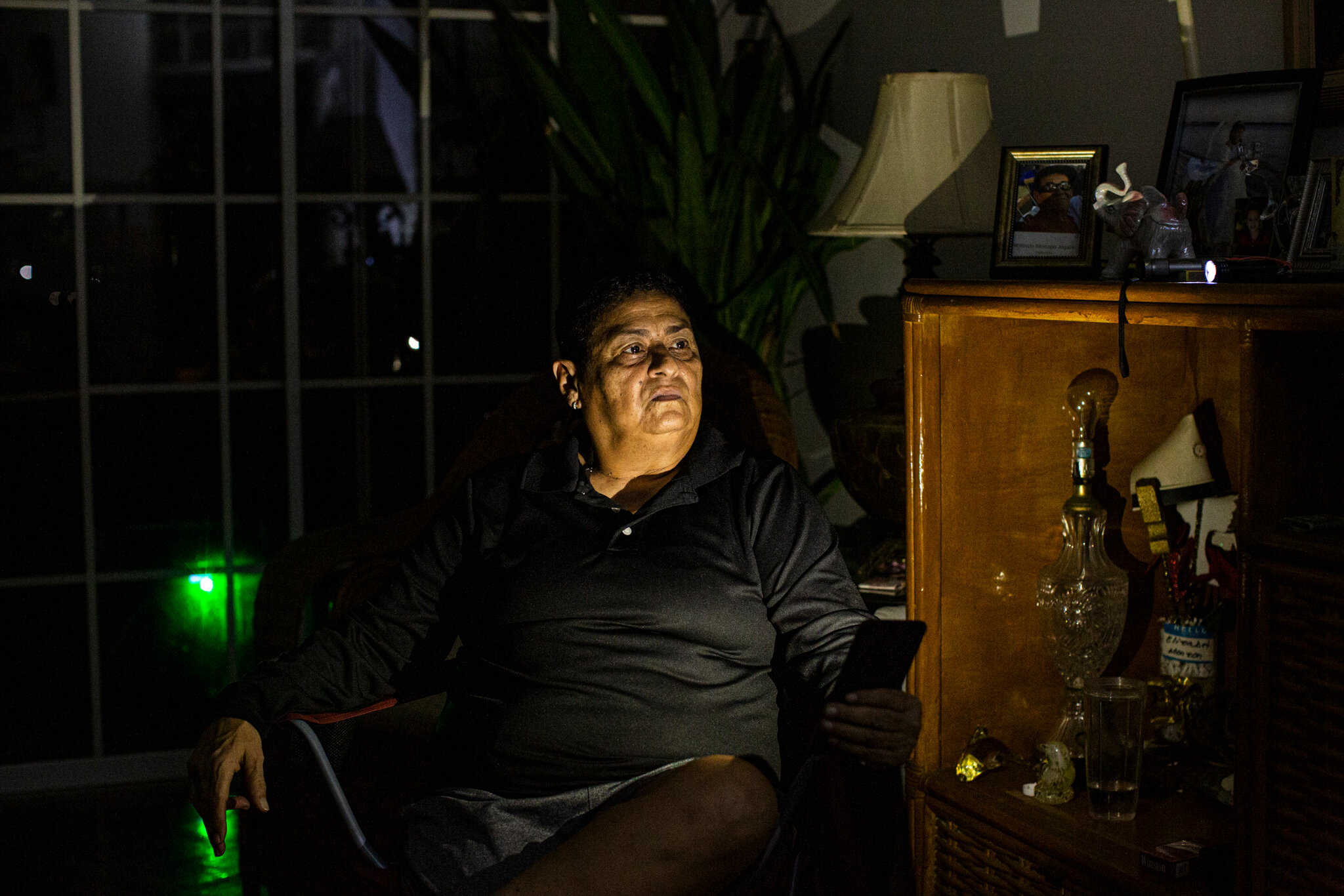
Hurricane Fiona caused catastrophic floods across Puerto Rico, but the damage on the island’s power grid was not as evident as it was after Hurricane Maria, when it seemed as if the wind had knocked over every post and shredded every line. Some residents have started to protest the slow progress of the restoration.
On Friday, former employees of the Puerto Rico Electric Power Authority, the public utility that runs power generation, urged Gov. Pedro R. Pierluisi to let them work on power restoration. The ex-workers criticized LUMA Energy, the private company that has been in charge of power transmission and distribution since last year, for the slow progress — and reminded Mr. Pierluisi that the extended power failure significantly contributed to some 3,000 people dying after Hurricane Maria. Several mayors have expressed discontent and one, in the San Juan suburb of Bayamón, said he would hire crews of former PREPA linemen to get to work.
LUMA executives have said they have the necessary crews to restore the grid.
In the days since the storm hit, hospitals, supermarkets, businesses and residents have had trouble finding diesel to fuel their generators, forcing some to turn them on for only a few hours a day. Others have seen their generators fail, as what happened to a building in the suburb of Guaynabo, where residents were stranded without elevators in a 27-story building, without water or electricity, until a backup generator was brought in a day later.
Of the 68 hospitals on the main island in the Puerto Rico archipelago, 15 to 20 were still without power and operating on generators on Friday, said Jaime Plá Cortés, president of the Puerto Rico Hospital Association.
Mr. Plá Cortés said that several hospitals installed backup generators after Hurricane Maria, when some had to rely on them for more than five months. But the machines need fuel to run.
Without saying that there is a fuel shortage or disruption in distribution, Mr. Pierluisi ordered the Puerto Rico National Guard on Friday to take control of diesel distribution to hospitals, supermarkets and water facilities. On Saturday, about one-fifth of an estimated 1.2 million customers of the water utility did not have service, mainly because of lack of power in water plants. [more]
Puerto Ricans Fear Extended Blackout After Hurricane Fiona
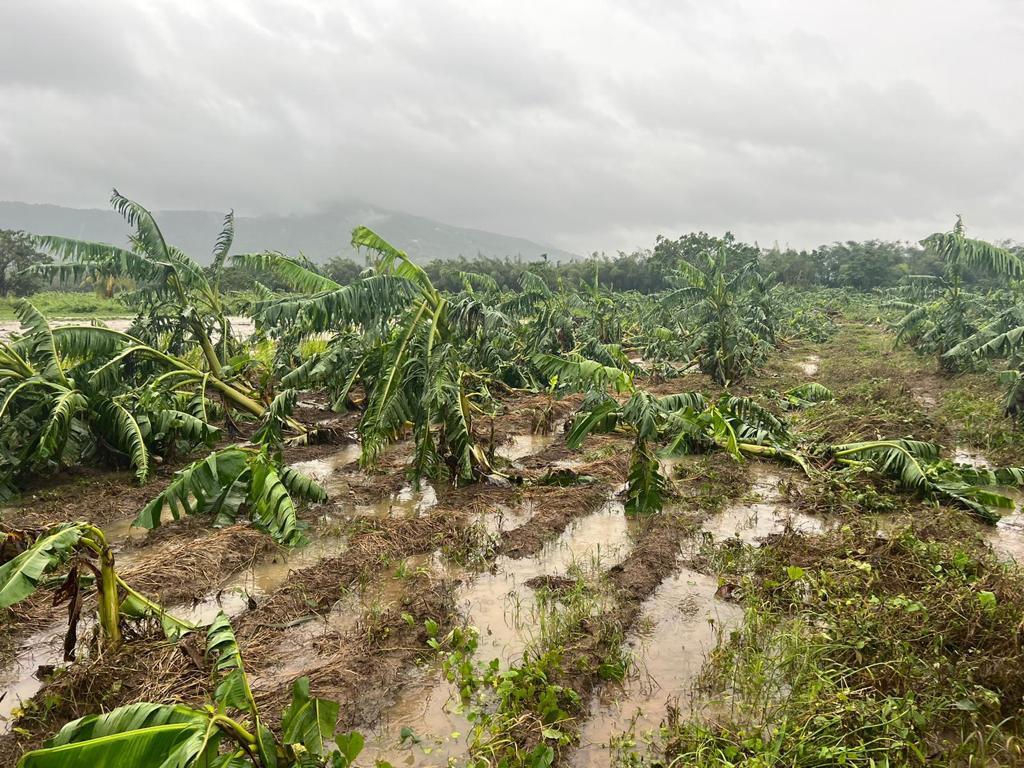
Hurricane Fiona ravages Puerto Rican farms near peak harvest, farmers say
By Laura Reiley
24 September 2022
(The Washington Post) – As Hurricane Fiona continues to batter eastern Canada, farmers in Puerto Rico are assessing storm damage in their sodden fields.
On Saturday morning, members of the Asociacion de Productores de Farinaceos del Este, a farmer association in Yabucoa, in the island’s eastern region, met at a local community center to discuss the state of their fields post-Fiona, which hit the island as a Category 1 hurricane on Sept. 18.
Ninety percent of the region’s major crop, plantains, has been lost due to the wind and torrential rains, said Antonio Sanchez, the association’s administrator. He estimates there are around 700 acres of plantains in the area, farmed by about a dozen growers.
“Most of the lowlands were flooded,” he said. “We had close to 18 inches of water in the valley.”
One potential piece of good news is that many plants that were bent sideways by the wind still have fruit attached. Those can still be harvested and taken to market, according to Salvador Coleman, a farmer in the region, but only if farmers have the machinery to clear pathways, harvest salvageable fruit, and then get it there.
Also battered by the storm were crops developed under a broader diversification push in the five years since Hurricane Maria. In an area once known for export crops like sugar cane, tobacco and coffee, farmers began growing pumpkin, eggplant, sweet potato and sweet peppers, largely for domestic consumption. Those took a heavy hit, said Elvin Lebrón of the Eastern Soil and Water Conservation District.
There’s an additional issue of underinsurance. Of Puerto Rico’s nearly 9,000 farms, most qualify as small farms that generate less than $10,000 in annual revenue, according to recent census data. And many of those small farmers, especially those with diversified crops, do not qualify for crop insurance, Sanchez said. They will be left with little to no income this season, said Karla Peña, who works as a program manager in Puerto Rico for the nonprofit Mercy Corps.
Mercy Corps has 17 resilience hubs around the island, all providing hot meals to communities, Peña said. But if the situation continues with limited electricity and little access to potable water, the ability to continue feeding people will be diminished.
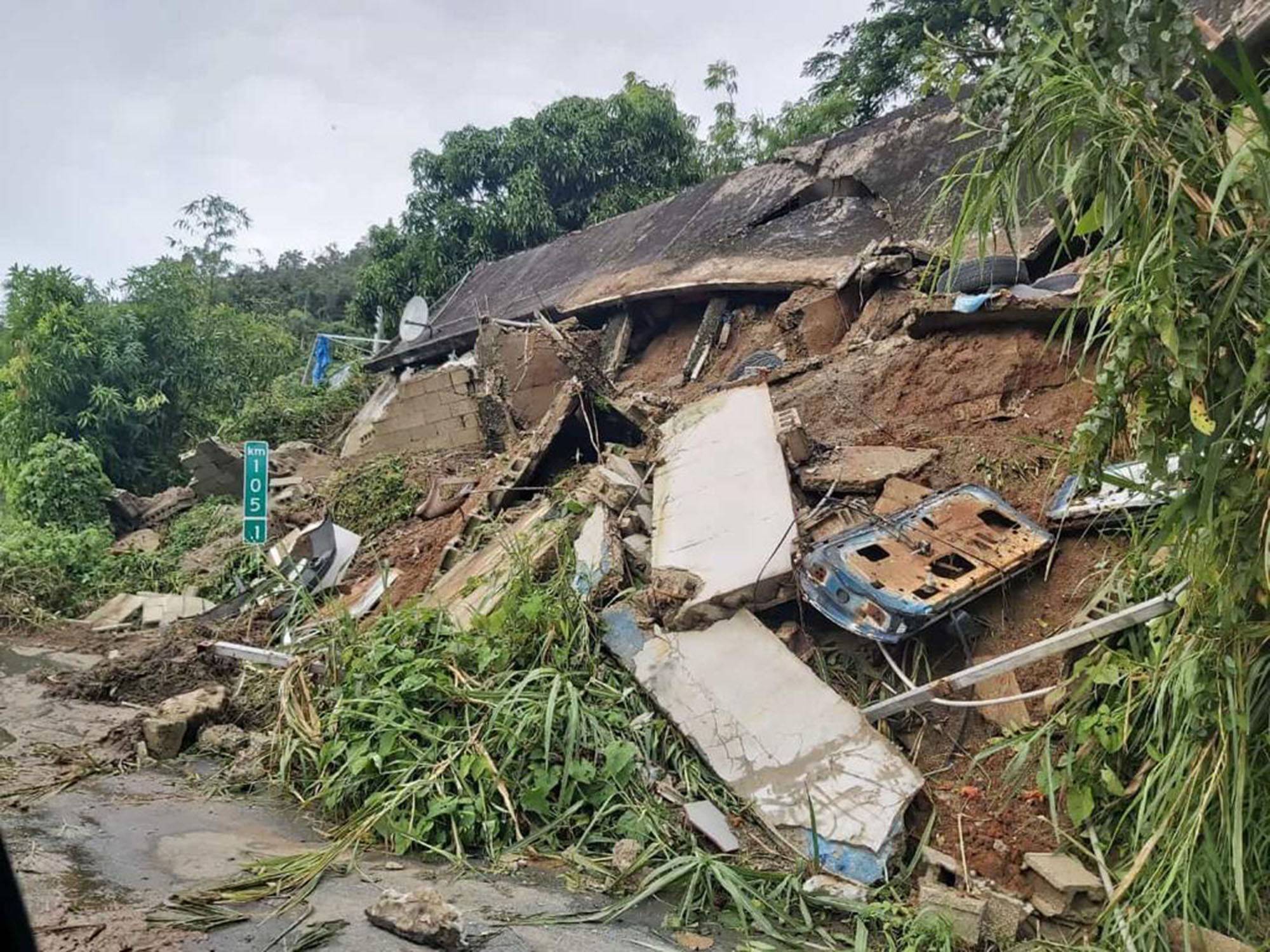
Antonio Rosa works for Cundeamor, a distributor in Guaynabo that works with a network of small and medium organic farms throughout the island, many of which are off the grid. Chef José Andrés’s World Central Kitchen in Ponce has purchased Rosa’s products this week to prevent crops from going to waste. Rosa said the south side of the island, which bore the brunt of the storm, has the largest plantain and banana farms. So its farmers stand to see the steepest losses — or gains — depending on how extensive their insurance is, he said.
“Most farmers know this is part of the risk they take when they grow food,” he said. “For some farmers this is a great opportunity to make lots of money as some of them insured their crop.”
But more broadly, the impact on ordinary Puerto Ricans will probably hurt, he said.
“With inflation, local produce was some sort of relief for our people’s pockets, because it kept prices low,” he said. “But now, this storm will increase prices for whatever agricultural products are left until things return to normal again.”
More support is expected. President Biden said Thursday that the federal government aims to pay 100 percent of the costs of Puerto Rico’s recovery from Hurricane Fiona for the next month, including debris removal, shelter for those displaced, power and water restoration, as well as food.
This kind of short-term food assistance is necessary, but it will not help farmers in the long run and it will likely drive up domestic food prices, according to farm groups. [more]
Hurricane Fiona ravages Puerto Rican farms near peak harvest, farmers say
